This is the second winter that we are enjoying the fruit and vegetable storage capacities of our homestead root cellar. Root cellaring is my personal favorite method of food preservation because it is the least labor-intensive, and it preserves food as close to its fresh-out-of-the-garden state as possible.
Whenever you are root cellaring, you want to store the freshest food possible and treat it very carefully. Whether you purchase food in bulk from the farmer’s market or dig it out of the garden, inspect it carefully to make sure there are no bruises or rotten spots. And as you dig, transport, and store the food, handle it carefully.
Also, you will see below that each type of food has different storage requirements. I think root cellaring can feel a bit daunting to people because there are such specific temperature and humidity requirements. Don’t worry – if you don’t have the exact conditions specified, you will still be able to store food. It may not store as long or as well, but you will still have access to delicious and nutritious food throughout the winter months.
Vegetable Storage in a Root Cellar
Leafy Vegetables
Leafy vegetables such as cabbage, Chinese cabbage and kale can be lifted from the garden with the roots still attached. Don’t worry about removing all the soil – just brush off any excess. In the root cellar, it is ideal if you can replant these leafy vegetables into soil, perhaps in a trench or a large basin. However, I have successfully kept head cabbage and Chinese cabbage for several months just by removing any rotting exterior leaves and storing the cabbage on a slatted shelf in the root cellar. Cold temperatures and high humidity are best for leafy vegetable storage.
Root Vegetables
Vegetables such as carrots, beets, and turnips will taste even sweeter after a frost, so I like to leave them growing the garden as long as possible, mulched with some straw. Before the ground freezes, you can dig them up and move them into cold moist storage in the root cellar. Brush off excess soil and remove the leafy tops. An ideal way to store root vegetables is to layer them in a box filled with sand or damp sawdust. Another method that has worked well for me is to pack layers of straw in a five gallon plastic bucket –something I have an abundance of on the homestead!
Onions, Leeks and Garlic
Depending on where you live, you may be able to keep leeks in the garden all winter long. When I lived in Oregon, I did just that, digging them up as I needed, and using them in place of onions for many recipes. If frozen ground would make leek harvest impossible, lift them from the garden and either replant them in a shallow tub, or store them with soil on the roots in your cellar.
Onions and garlic need a slightly warmer and less humid condition than your root vegetables and leafy greens – aim for a temperature of 50 degrees F and humidity of around 50%. We built our root cellar with an antechamber that helps moderate temperature (in the summer, it’s warmer than the interior, in the winter it’s colder) so it’s possible to store some crops in the inner room and some in the outer room, depending on their requirements. However, I prefer to store onions and garlic in my house where they are close at hand. I braid the garlic and wrap the onions around rope for easy storage. If you choose to store onions and garlic in the root cellar, you might place them in a vegetable storage rack, hang them in panty hose, or use a mesh bag.
This Deep Drawer Harvest vegetable storage rack will be filled with potatoes and onions!
Potatoes
Potatoes are one of my favorite crops to grow and store. However, it can be tricky to store potatoes that you harvest in the early summer. I have learned the hard way that my storage conditions are simply not cool enough for potatoes that are harvested in July, and they will sprout. Instead, plant a second crop or a later crop that is harvested in the fall if you intend to store potatoes for the winter.
Potatoes will store for months in a very cold but not freezing environment, provided that they have been cured first. Cure potatoes in a moderate temperature and dry conditions for 1-2 weeks. Then move them into your root cellar.
I prefer to store my potatoes in shallow layers so I can keep an eye out for any signs of rot. The bins of this vegetable storage rack work perfectly for potato storage. Potatoes are very sensitive to light, which will cause sprouting, so keep them dark. Some people like to cover their boxes of potatoes with straw.
Squash
While I love to store squash, I do not store them in my root cellar, as it is simply too cold and humid. Instead, I store winter squash in the coolest area of my house – an under-bed storage area that is directly adjacent to our mudroom. With an average temperature of 65F, it is the perfect spot for winter squash.
There are many other vegetables that store well in a root cellar, not to mention fruits such as apples, quince, and pears. If you are fortunate enough to have a basement or underground root cellar, take advantage of it for your vegetable storage and enjoy “food shopping” in your cellar all winter long!
And if you’re interested in building your own root cellar, please check out our eBook, Building a Homestead Root Cellar. This DIY book will walk you through every step of building your own root cellar with confidence!
*I am part of the Product Review Program with Gardener’s Supply Company. They provided me with the gorgeous vegetable storage rack to test in exchange for an honest review.
Pin it for Later:
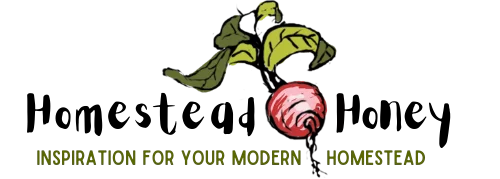
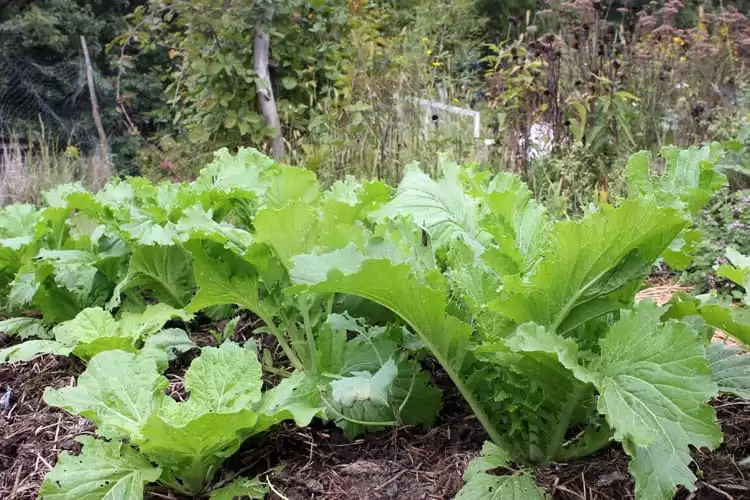
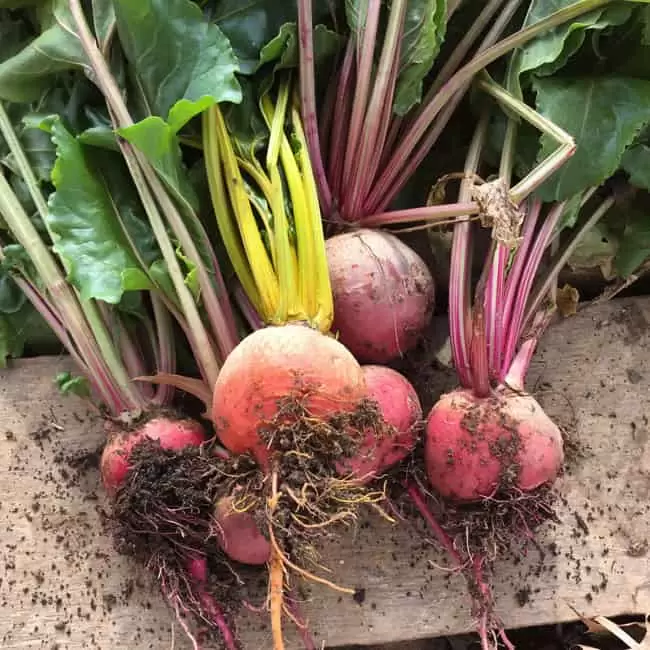

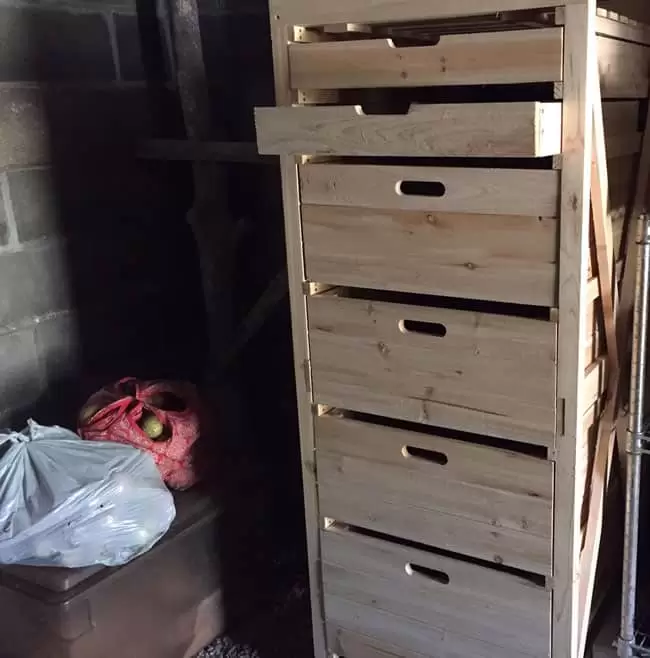
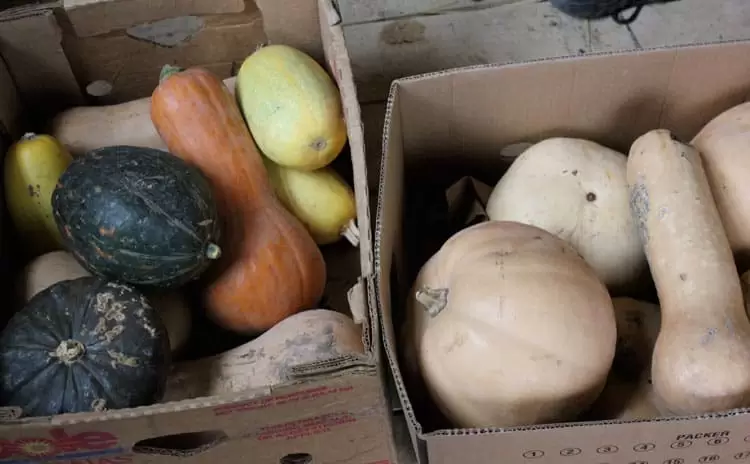
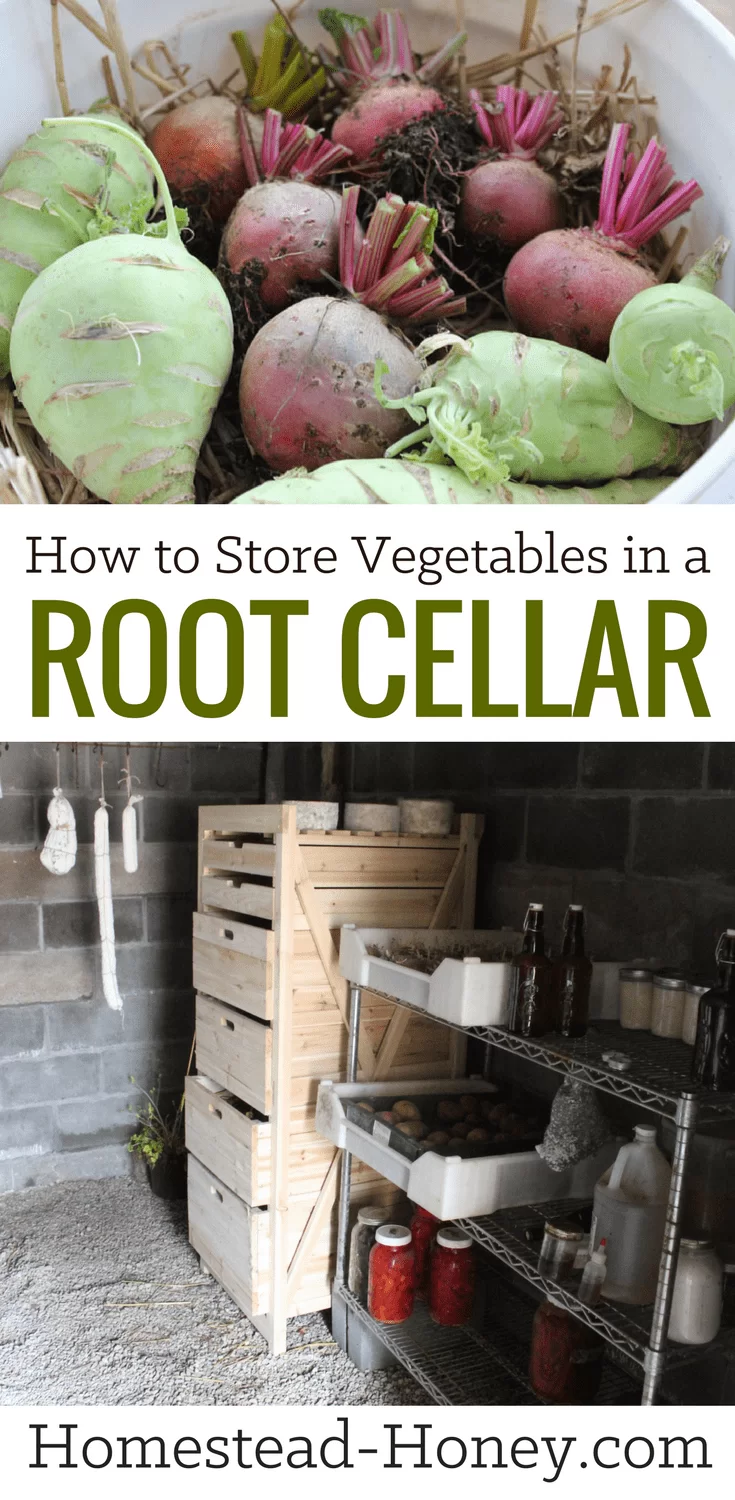

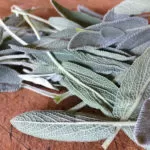
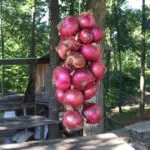
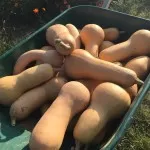
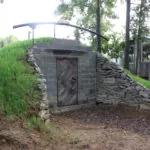
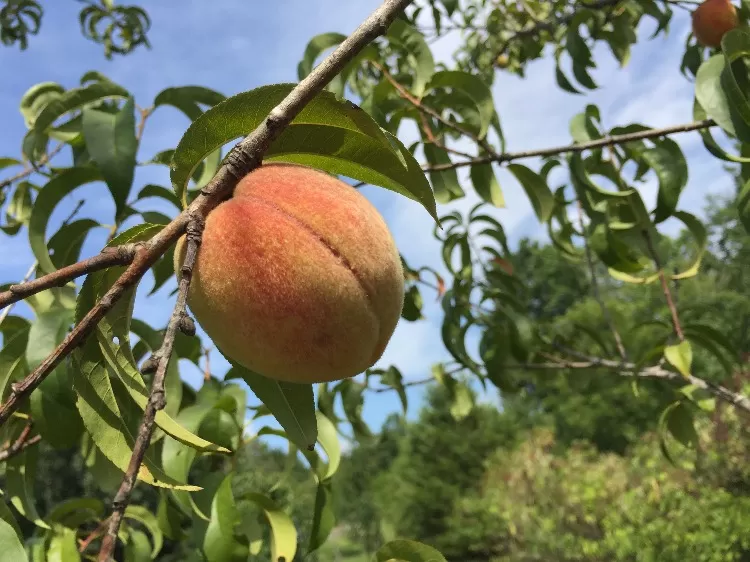


This is my first year attempting to store vegetables in my root cellar. The fall has been warm but onions, potatoes and winter squash are doing well so far. I tried a few beets and turnips covered in sand but they have sprouted tops again. Is this typical and no problem or is it not good and I should just use them before they can’t be used? Perhaps I should have waited till it got cooler before harvesting and storing. Unfortunately, its been below freezing one day and warm and mild the next so it would have been hard to know for sure. Just found your website and I’m enjoying browsing through. Thanks.
When it is warm in the root cellar, certain plants will sprout. It’s not bad, it just means that they are going to put energy into the greens, and you may end up needing to eat them sooner rather than later. For root crops that can take a bit of cold like turnips, beets, carrots, I leave them in the ground as long as I can before moving them to the root cellar. My poor storage crops are having a hard time this fall as we’re still having 75 degree days in the middle of November!
Dont know if this applies to red potatoes or if you meant white potatoes but here in the UK we cut the green tops off while the potatoes are still in the ground and when the tops have gone compleatly brown then you can dig the spuds up and store them in paper sacks the same temp as your onions. They will keep all winter this way. The cutting and leaving makes the skin harden so they can be stored.
How do you control rodents?
The best control is prevention, so we have every vent covered in mesh to prevent their entry. We take special care to never leave the door open, and the entire structure is almost crack-free.
I don’t have a root cellar, but successfully save certain crops in my cabin home. I dry and hang onions in a room we use to store tools and such. They last from harvest in July through at least March. I do lose a few, but the majority remain firm and ready to eat. I wrap Yukon Gold potatoes (I find them good keepers) individually in newspaper and store them in mesh sided baskets under the bed in our guest room under the bed and next to an outside wall. They last me until February for eating and then start to sprout so I can plant them in late March or early April. I leave beets, carrots, kale and chard in the garden and they remain in good eating condition through spring, even if the soil freezes or we get a dusting of snow. If I had a root cellar I would love it, but this is a close second. – Margy
Hi Margy,
Thanks for sharing your experience! I’ve done similar storage under our bed, adjacent to the mudroom. It’s true that the food might not last quite as long, but it lasts pretty long! I have to pull root vegetables at some point because my garden soil will freeze solid. When I lived in Oregon, I would have just left them in the ground. Take care!
Teri